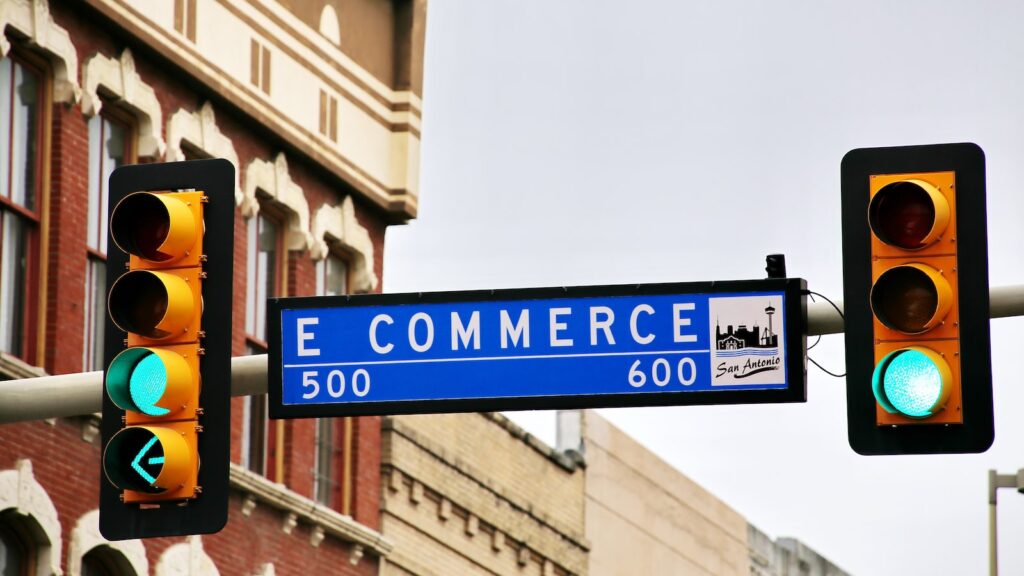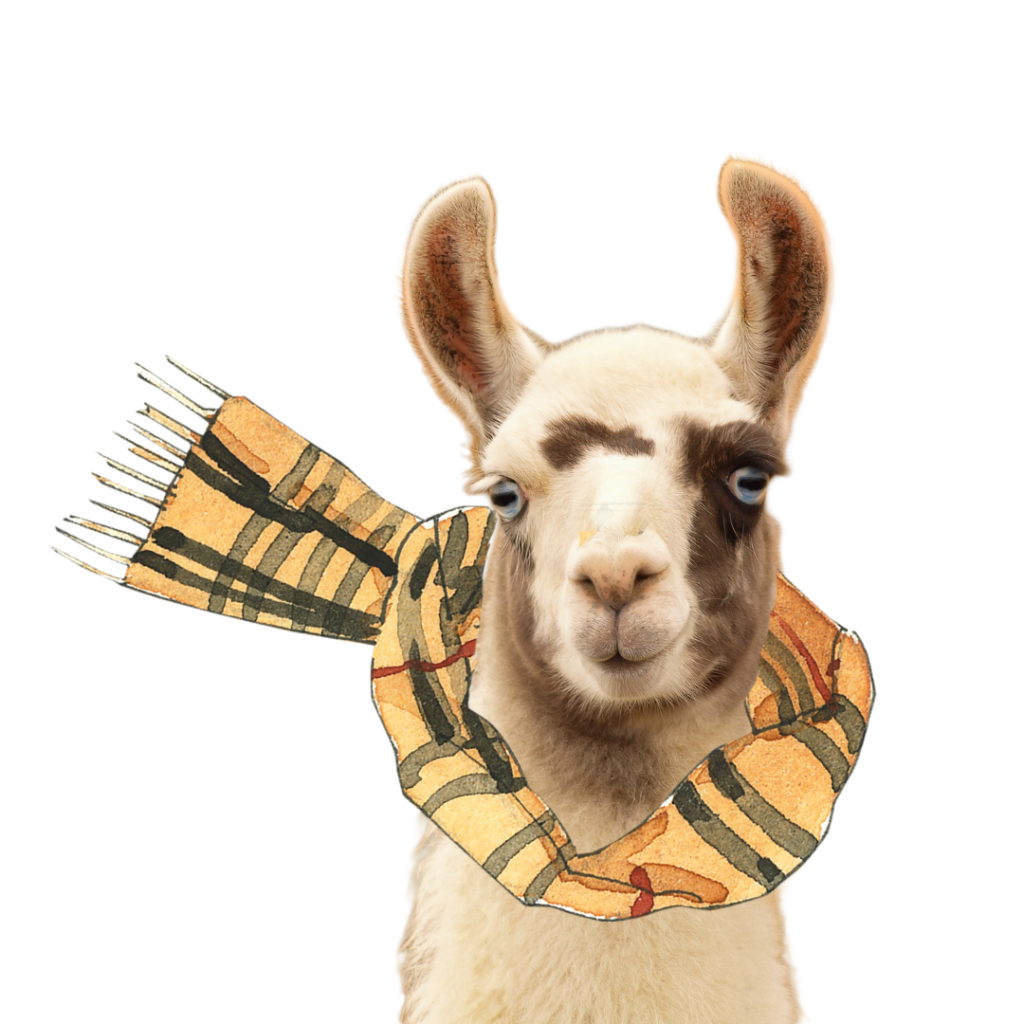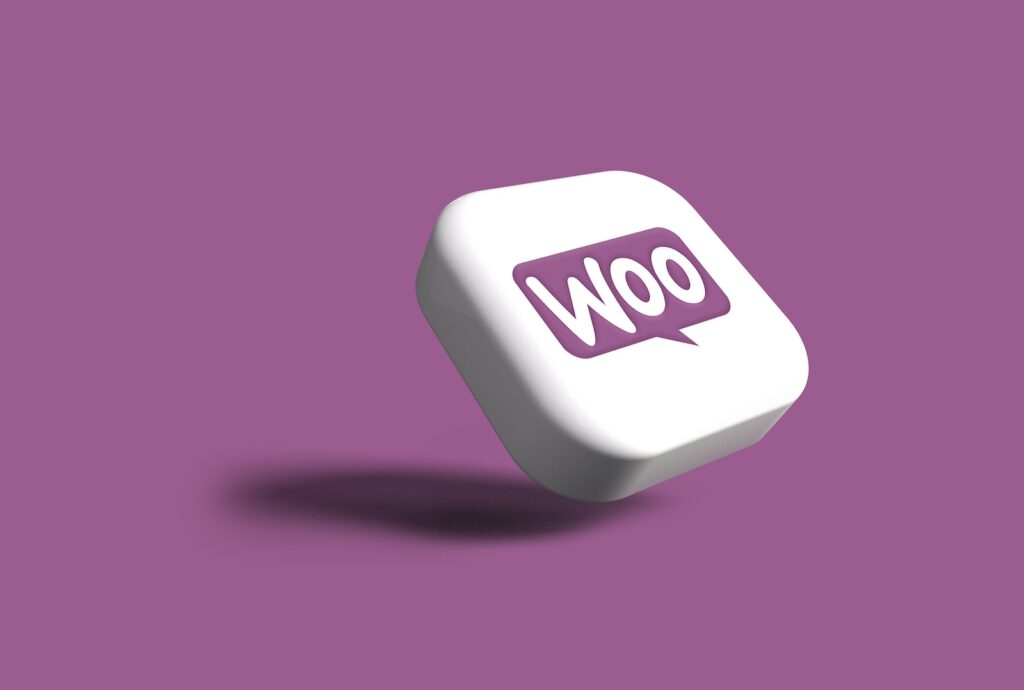If you’re looking to set up a WooCommerce shop for physical products, you’ll need to make sure you have all the necessary information before getting started. From product details to shipping methods, there are many aspects to consider when creating a successful online store. In this blog, we’ll break down what information is needed when setting up a WooCommerce shop for shippable physical products.
When creating product descriptions, consider the key features of your product. What makes it unique? Why should customers buy it? Highlight these features in your product descriptions. Consider including sizing charts for clothing, detailed ingredient lists for beauty products, or instructions for assembly if your product requires it. Use language that speaks directly to your target audience and focuses on the benefits of your product.
When setting up a product in WooCommerce, there are two sections for product descriptions: the short description and the long description.
The short description is typically a brief overview of the product and its key features. It’s displayed on the product page below the product title and above the “Add to cart” button. The short description is meant to be a quick and easy way for customers to understand what the product is and what it does.
The long description, on the other hand, is a more detailed description of the product. It’s displayed below the short description on the product page and provides additional information about the product, such as dimensions, materials, and care instructions. The long description can be as long or as short as necessary, and can include images, videos, and other media.
Both the short description and the long description are important for providing customers with the information they need to make an informed purchasing decision. When writing your product descriptions, consider your target audience and what they’re looking for in a product. Use clear and concise language, and avoid using industry jargon that customers may not understand.
Pricing can be tricky, especially when you’re first starting out. Do some market research and see what other similar products are selling for. Take into account the cost of manufacturing, packaging, and shipping when setting your prices. Consider offering different price points for different sizes or colors of your products. You could also offer bundle deals or seasonal discounts to incentivize customers to make a purchase.
Product images are the first thing customers will see when browsing your store, so it’s important to make them high-quality and eye-catching. Use a professional camera or hire a photographer to take your product photos. Make sure your images are well-lit and showcase your product from multiple angles. Consider adding lifestyle photos or product demos to give customers a better idea of how your product works.
Inventory Management Options: Inventory management can be overwhelming, especially if you have a lot of products to keep track of. WooCommerce offers several inventory management options, including setting product stock levels and allowing backorders. You can also set up low stock alerts so you’re notified when it’s time to restock. Consider using a third-party inventory management plugin to streamline the process.
Stock alerts are crucial if you want to avoid running out of stock. WooCommerce allows you to set up low stock alerts so you’re notified when your inventory reaches a certain threshold. You can also use a third-party plugin like Zapier or Slack to receive notifications via email, text message, or even through your team’s communication tool.
There are several shipping methods to choose from when setting up your WooCommerce shop. Consider offering free shipping for orders over a certain amount, or flat-rate shipping for all orders. You could also offer different shipping options, such as expedited shipping for customers who need their products quickly. Keep in mind that some products may require special handling, such as fragile or perishable items.
You’ll need to determine which shipping zones you’ll offer, based on your target audience and shipping costs. Local, national, and international shipping are all options, but keep in mind that international shipping can be costly and may require additional paperwork. Consider offering free local pickup for customers in your area to save on shipping costs.
Shipping costs can vary widely depending on the size and weight of your products, as well as the shipping method and destination. Consider using a shipping calculator to provide customers with accurate shipping costs based on their location and order size. You could also offer free shipping for orders over a certain amount, or flat-rate shipping for all orders.
When setting up your WooCommerce shop, you’ll need to decide which payment methods you’ll accept. WooCommerce offers several payment methods, including PayPal, credit card payments, and bank transfers. It’s important to consider which payment methods your target audience is most likely to use and make sure your payment gateway is set up correctly.
Payment gateways are the tools that allow your online store to process payments from customers. They act as a bridge between your website and the customer’s bank, ensuring that payments are securely processed and funds are transferred to your account.
WooCommerce offers several payment gateway options, including PayPal, Stripe, and Authorize.net. Each payment gateway has its own set of features and fees, so it’s important to choose the one that best meets your business needs.
PayPal is one of the most popular payment gateways and offers both buyer and seller protection. Customers can use their PayPal account or a credit card to make a payment, and the funds are deposited directly into your PayPal account.
Stripe is probably the most popular payment gateway that allows customers to pay with a credit or debit card. Stripe also offers fraud detection and prevention features, making it a secure payment option for both customers and sellers.
Tax laws can be complex, so it’s important to consult with a tax professional when setting up your online store. Determine which taxes you’ll need to collect, such as state or local sales tax, and make sure your WooCommerce shop is set up to collect and remit taxes appropriately. You could also consider using a third-party tax calculation plugin to simplify the process.
Creating customer accounts can make the checkout process faster and more convenient for returning customers. Customers can save their shipping and payment information and track their orders. This can lead to increased customer satisfaction and loyalty. Make sure your customer account system is easy to use and navigate, and consider offering incentives for customers who create an account, such as exclusive discounts or early access to new products.
Providing excellent customer support is crucial to building a loyal customer base. Make sure your support team is knowledgeable and responsive, and offer multiple support channels, such as email, phone, and live chat. You could also consider creating a FAQ page on your website to answer common customer questions.
Encouraging customers to leave feedback about their shopping experience can help you improve your online store and build trust with potential customers. Use WooCommerce’s built-in review system or integrate third-party review plugins to gather feedback from customers. Respond to both positive and negative feedback in a timely and professional manner to show customers that you value their opinions.
In addition to these key items, there are several other details to consider when setting up your WooCommerce shop for physical products. For example, you’ll need to decide on your return policy, which should be clear and easy to understand for customers. You’ll also need to consider how you’ll handle product warranties and defects.
Another important detail to consider is your website’s design and user experience. Your website should be visually appealing and easy to navigate. Consider hiring a web designer or using a pre-made WooCommerce theme to create a professional-looking website. Make sure your website is mobile-friendly, as many customers will be shopping on their phones.
Hiring the right professional will save you from much stress while understanding the intricacies of setting up an e-commerce site.
Finally, consider how you’ll market your products and drive traffic to your website. Social media platforms like Facebook and Instagram can be powerful tools for reaching new customers. You could also consider using paid advertising on search engines like Google or Bing. Make sure your marketing efforts align with your target audience and budget.
Finally, setting up a successful WooCommerce shop for physical products requires attention to detail and careful planning. By gathering all the necessary information, including product details, shipping methods, payment and tax information, and customer information, you can create a seamless shopping experience for your customers and build a thriving online business. Don’t forget to also consider details like website design and marketing to ensure your store stands out in a crowded online marketplace.

Additional information that may be useful to include for physical products could include attributes such as color, size, material, and brand.
There lived a llama named Larry who dreamed of setting up a WooCommerce store to sell his hand-knitted scarves and hats. Larry spent hours each day knitting and perfecting his craft, and he knew that an online store was the next step to take his business to the next level.
However, as he began to set up his WooCommerce store, Larry quickly realized that he was in over his head. He struggled to figure out how to add product descriptions, set up his payment gateway, and create a website that looked professional.
Despite his best efforts, Larry found himself becoming more and more frustrated by the minute. He even accidentally uploaded a photo of himself in a silly hat as a product image, which only added to his frustration!
Determined to make his online store a reality, Larry decided to take a break and clear his head. He took a walk in the nearby mountains and stumbled upon a group of alpacas who were having a picnic. They offered Larry some snacks and asked him what was wrong.
Larry explained his predicament to the alpacas, and they all laughed at him. "Larry, you're a llama, not a web developer!" they said. "Why didn't you just hire a professional?"
Larry had never thought about hiring a professional before, but the alpacas made it sound like the best option. So, he went back to his computer and did a quick search for a web designer. Within minutes, he found the perfect person for the job.
The web designer, a friendly goat named Gary, was able to set up Larry's WooCommerce store in no time. He added professional product images, wrote clear product descriptions, and even set up a blog for Larry to share his llama-knitting tips.
Larry was thrilled with the result. His store looked amazing, and he was finally able to focus on what he loved doing best – knitting warm scarves and hats for his customers. He even decided to send a thank-you gift to the alpacas for their help.
From that day on, Larry knew that if he ever needed help with his online store, he could always count on a professional to get the job done right. And he lived happily ever after, selling his cozy llama-knitted products to customers all around the world.


From personal experience, every WooCommerce Store is a different beast with different needs. A professional will help guide you through this process with the right questions to insure your store is set-up right. Costs will vary depending upon complexity of your shop but by aligning your budget correctly, you will save yourself from many headaches.
When you need the right GOAT to set-up your online store, don’t hesitate to contact TeazMedia today.
John C, Web Sherpa